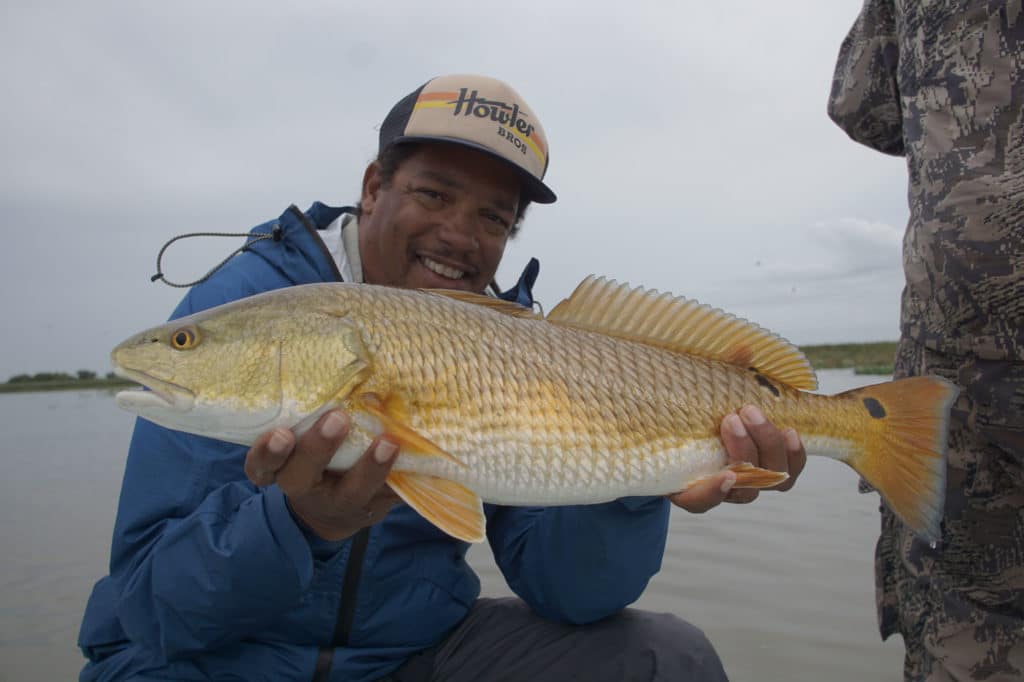
Fly-fishing guides have perfected tried-and-true formulas for catching tarpon, redfish, striped bass, and sea-run cutthroat. Want in on their secrets? We tapped experts from four different regions to get their best tips for catching the mentioned species on fly.
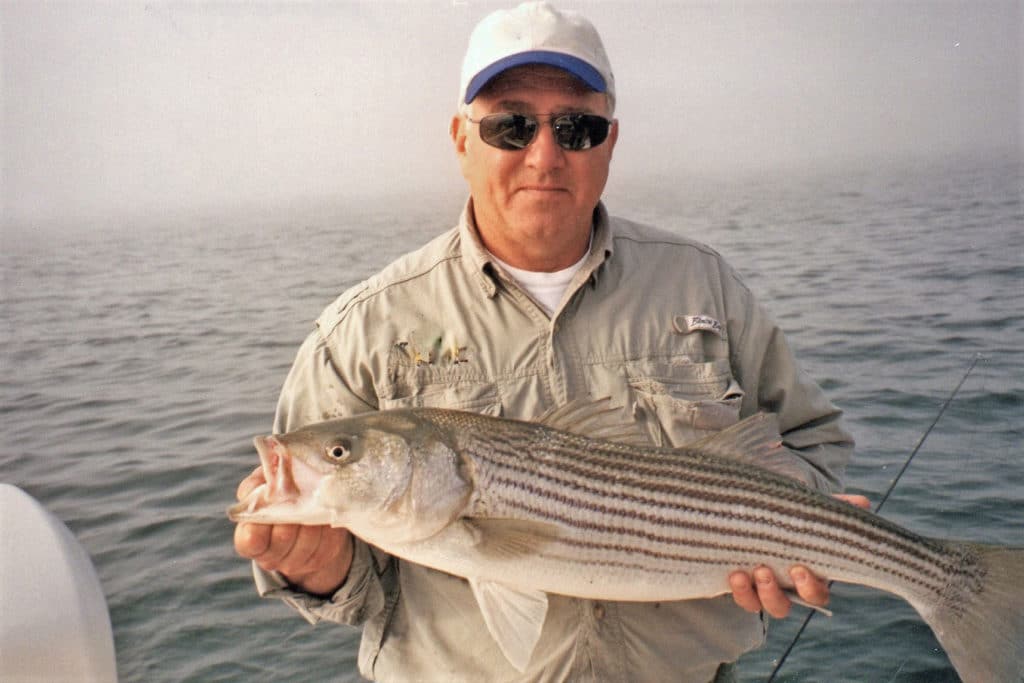
Massachusetts Stripers
Cape Cod native, Capt. Art Sawayer, has been chasing stripers (as well as bonito, bluefish and albacore) for more than 50 years. Over those five decades, he has watched scores of inexperienced anglers make the same mistake: They stalk stripers in idle water. “Don’t waste your time with water that isn’t moving,” advises Sawayer. Instead, look for rough, turbulent flows and channels where currents accelerate. “The rougher the water, the better [stripers] like it,” he adds.
Such rough patches can be found well offshore, out in the rips where water moving at 6 to 8 knots demands a heavy sinking line on a 9-weight rod. But Sawayer also plies inland marshes, looking for rocks or sandbars that speed up underwater currents. Anglers casting from the beach should scan the shoreline for a visible break in the water, often marking the end of a sandbar. In such shallower zones, Sawayer uses a sink-tip —rather than a full sinking line— to cast his go-to fly, a Clouser Minnow in any color. And don’t bother to flog unproductive water. “If you make five or six casts and don’t get a strike, move someplace else,” he recommends. “There’s a lot of bait here on the Cape, and stripers will hold wherever the food is.”
Capt. Art Sawayer
Dennis, Massachusetts
Ph: 508-223-7517
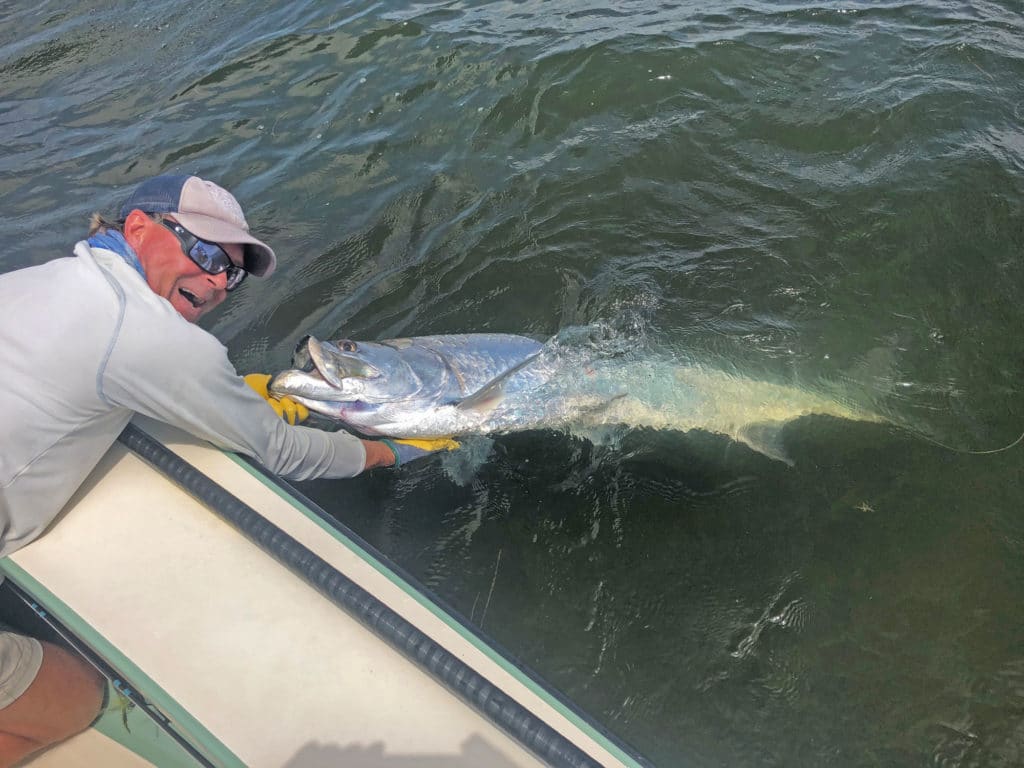
Florida Tarpon
Capt. Adam Hudson left his native England to fish across the U.S. and has spent the past 20 years pursuing tarpon, redfish and bonefish in Florida. Based on the panhandle of the Sunshine State, where tarpon are big and angler numbers are smaller than in the Keys, Hudson claims there’s just one secret to hooking these marquis fish, and everyone’s already heard it: You’ve got to make fast, accurate casts. That means practicing year-round for the summer tarpon season.
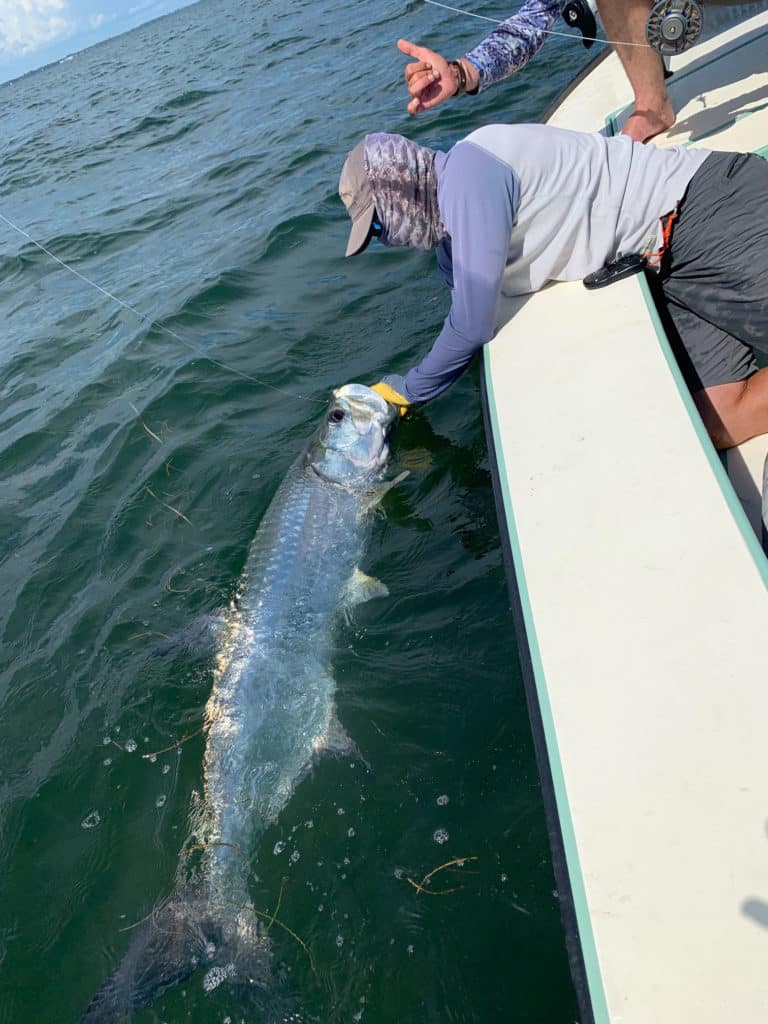
“It’s like your golf swing,” says Hudson, adding that some of his clients seem more willing to practice their golf game than their fly-casting. Consequently, he recommends that tarpon hunters start their quest on the links. “A golf course is a great practice field,” he says. Scatter a handful of paper plates (or ceramic ones, if conditions are windy) across a green and challenge yourself to land your cast as close to them as you can—with the minimum number of backcasts. Don’t worry about perfecting 100-foot shots; instead, work on fast, 50-foot deliveries, and try for a “hole in one,” landing your fly on the plate with just one backcast.
Capt. Adam Hudson
Carrabelle, Florida
Ph: 850-566-5599
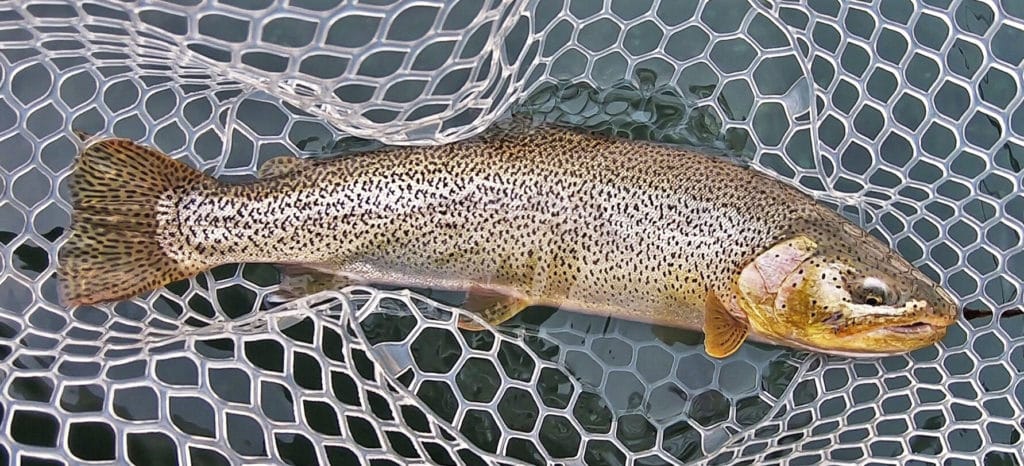
Washington Sea-Run Trout
“Cutthroat trout here are very much a saltwater species,” explains Capt. Justin Waters, who’s been guiding fly anglers along the coast of Puget Sound, Washington, for the past 10 years. “They chase baitfish rather than insects, and leave their freshwater haunts to feed in the moving tidal water, between the shore and the drop-offs to deep water,” he explains. Average specimens measure 12 to 14 inches, with big’uns notching two feet. And they bite hard. “They respond to a fast strip,” says Waters, noting that bait that appears to slow down when chased signals trouble to sea-run cuts. “When you see a trout zero in, speed up your stripping, and most of the time they’ll hit it.” Given the crystal-clear water, it’s always a thrilling take, he adds.
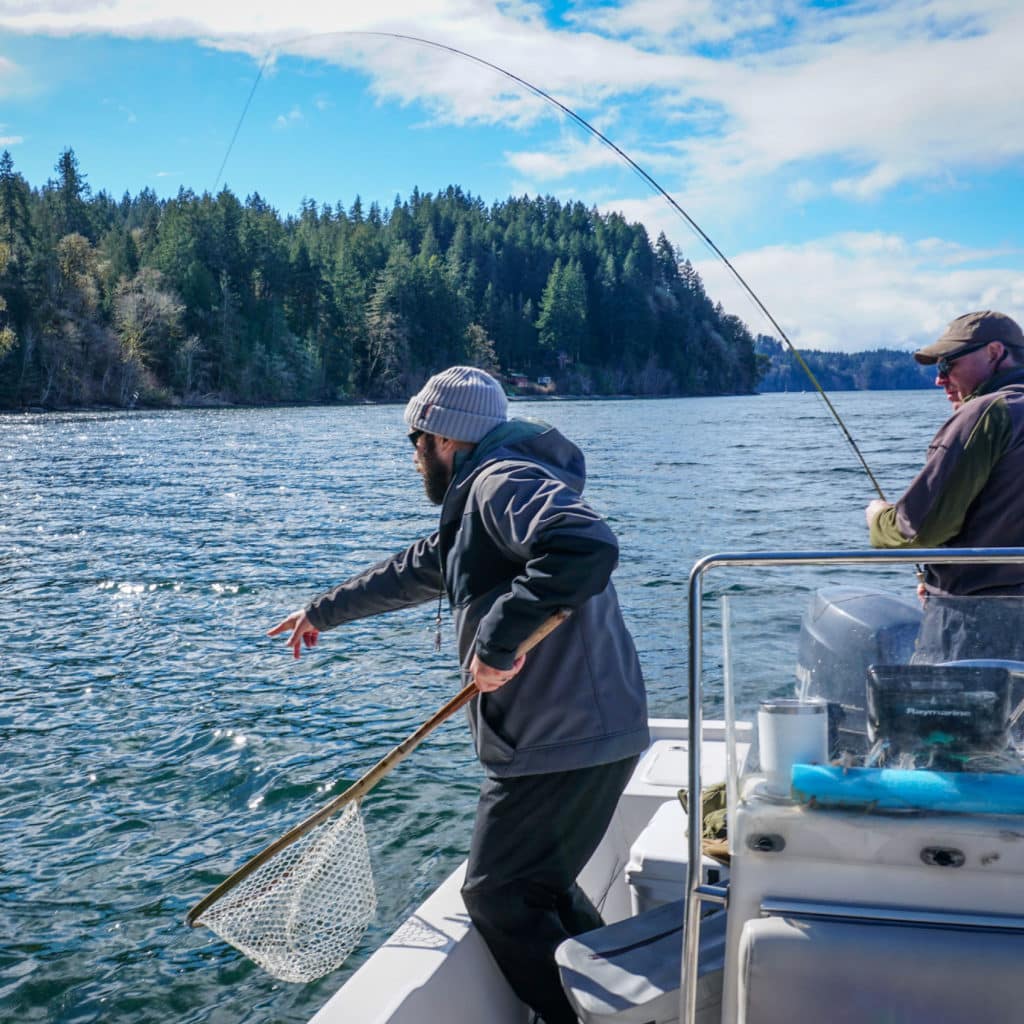
The trick is to understand the underwater structure, which usually requires some scouting during low tide to pinpoint the drop-offs. “They like moving water to hide in,” he says. But they avoid muddy bottoms, so target rocky zones with deep gullies or eel grass beds where trout can take cover. Once you’ve located where fish are hold, you’re likely to find them there day after day. Cuts are “very honest fish,” says Waters. “If you put the fly in the right place, you’re going to at least see them, so it’s always stimulating.”
Capt. Justin Waters
Puget Sound, Washington
Ph: 360-318-5664
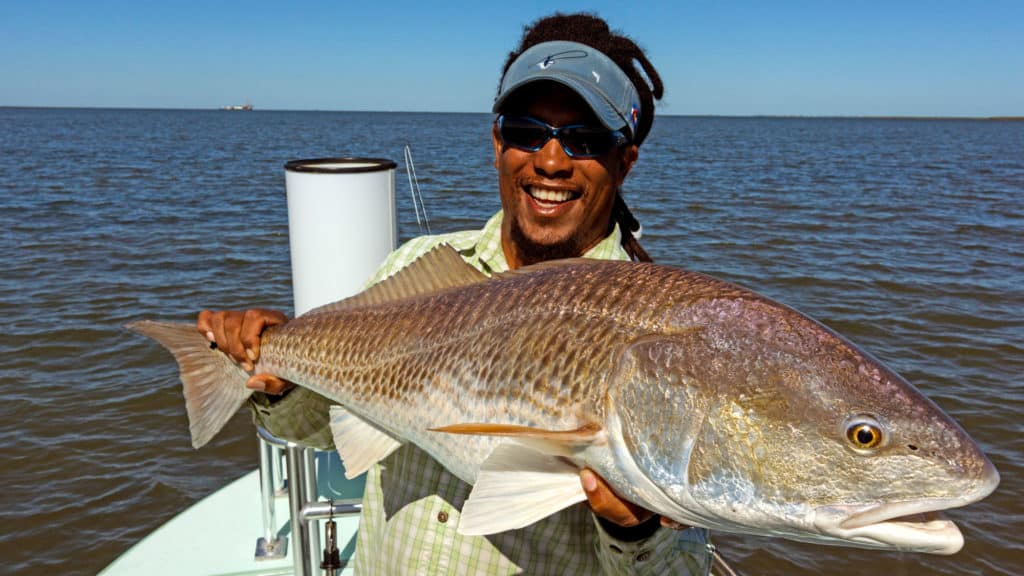
Texas Redfish
“Don’t make the mistake of assuming that redfish are easy quarry, they’re not,” insists Capt. Alvin Dedeaux. This Texas-based guide has been chasing reds for more than 40 years, and ranks them as harder to hook than bonefish. Because of their poor vision, they’re easily spooked by unfamiliar sounds. What’s more, the murkier water they inhabit makes it hard to keep your distance. Anglers often have a tough time spotting reds farther than 20 feet out and, at that close range, the boat or the splash of a lure or heavy fly landing too close can frighten the fish.
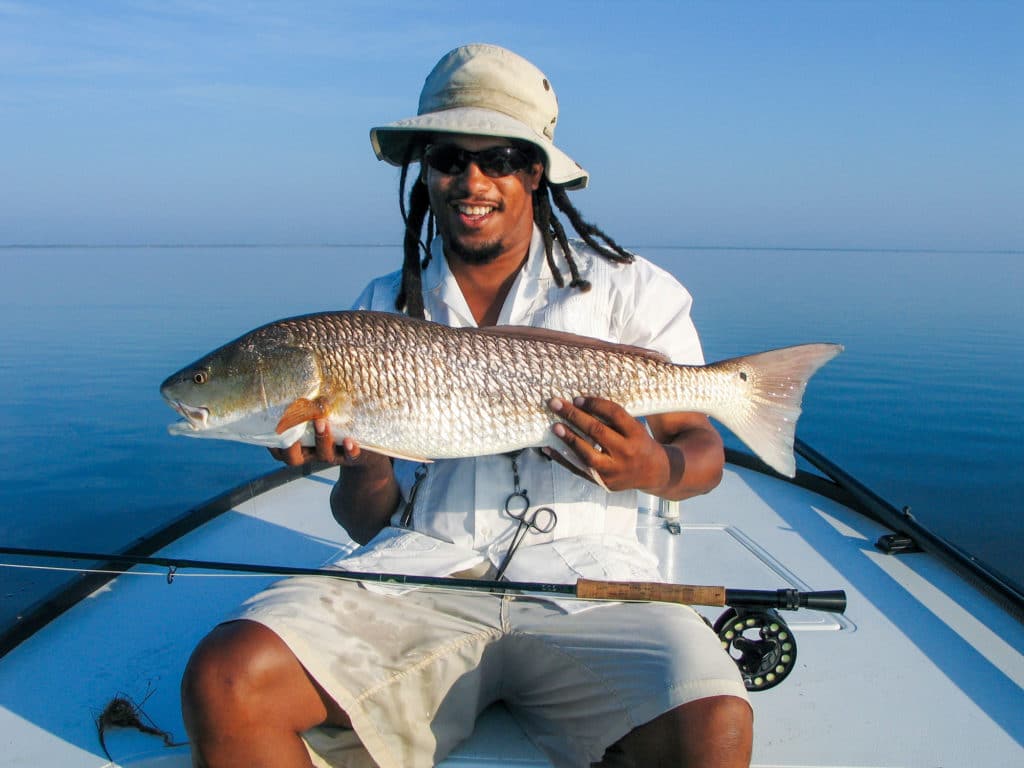
Therefore, redfish require a specific style of delivery, says Dedeaux. “Perfect your casting accuracy at 15 to 30 feet,” he advises. Reds’ poor vision means they frequently won’t notice a fly placed three feet away. “You need to land it within a foot of the fish’s face, and do it without spooking your quarry,” he explains. “Honing your short game is the way to win,” he adds. Because fly anglers rarely have more than a few seconds to fire after spotting fish at close range, it’s imperative to stay alert and focused through likely lulls. “The action can go from zero to 100 mph in an instant,” says Dedeaux. That’s the unique challenge redfish present.
Capt. Alvin Dedeaux
Rockport, Texas
512-663-7945









